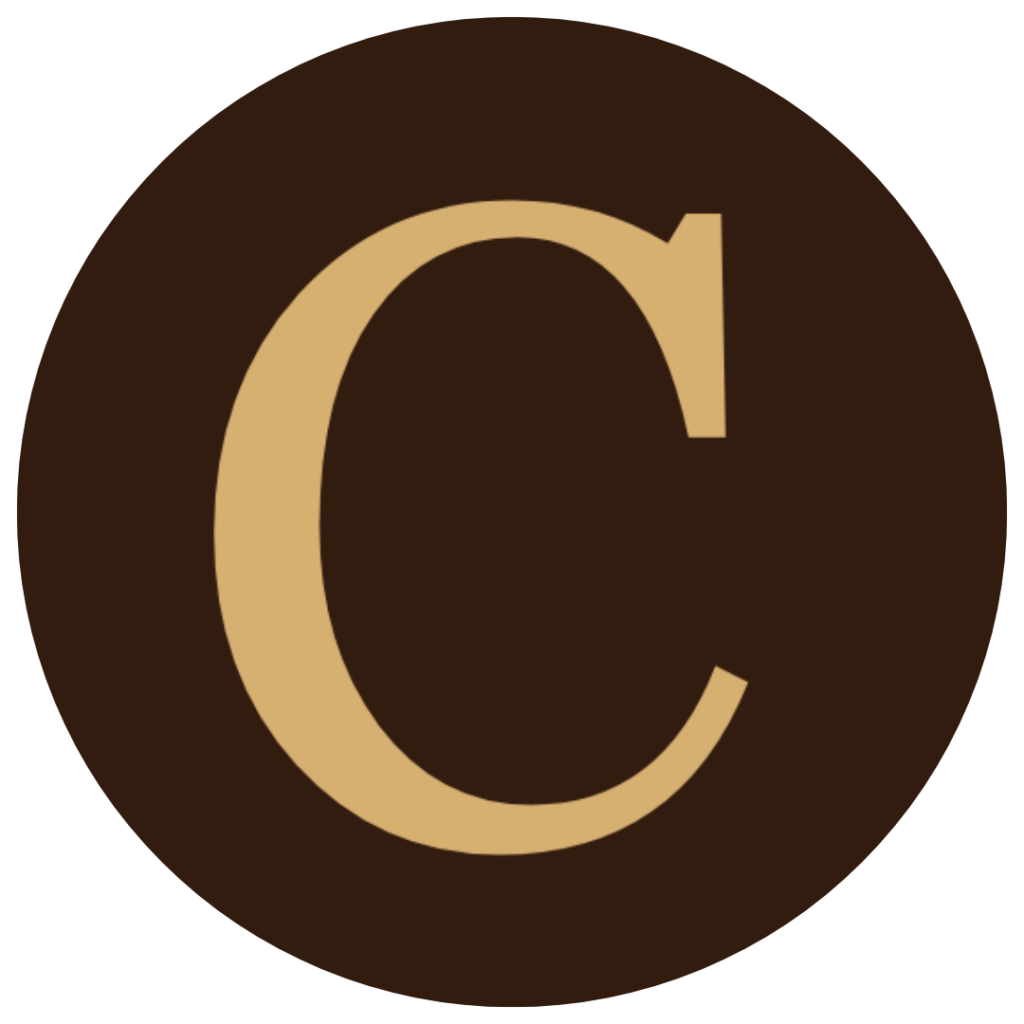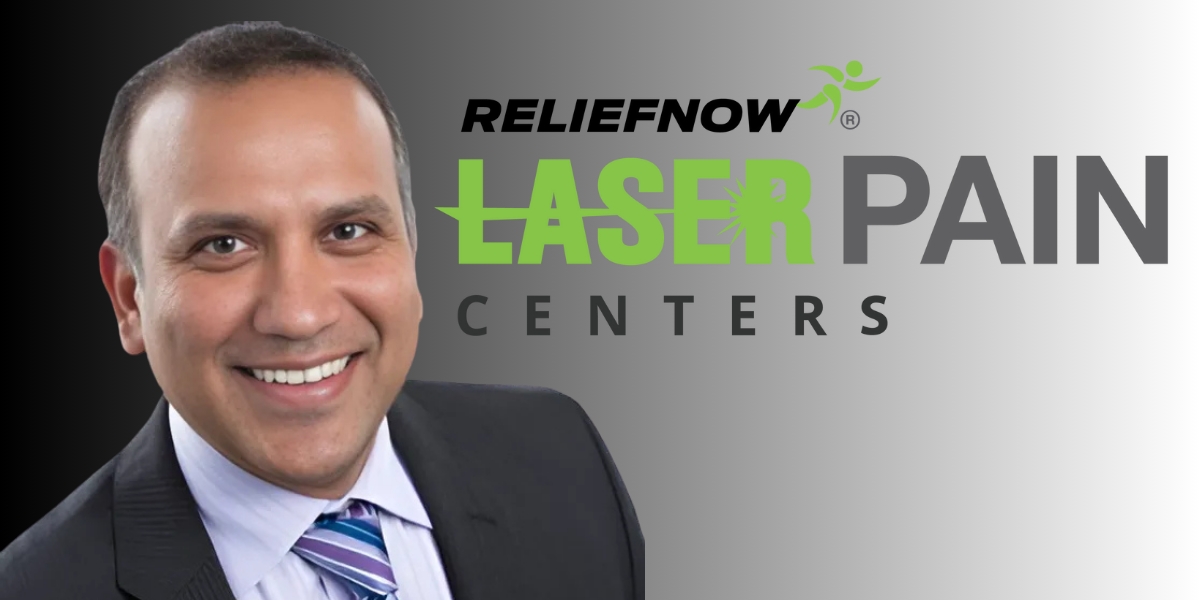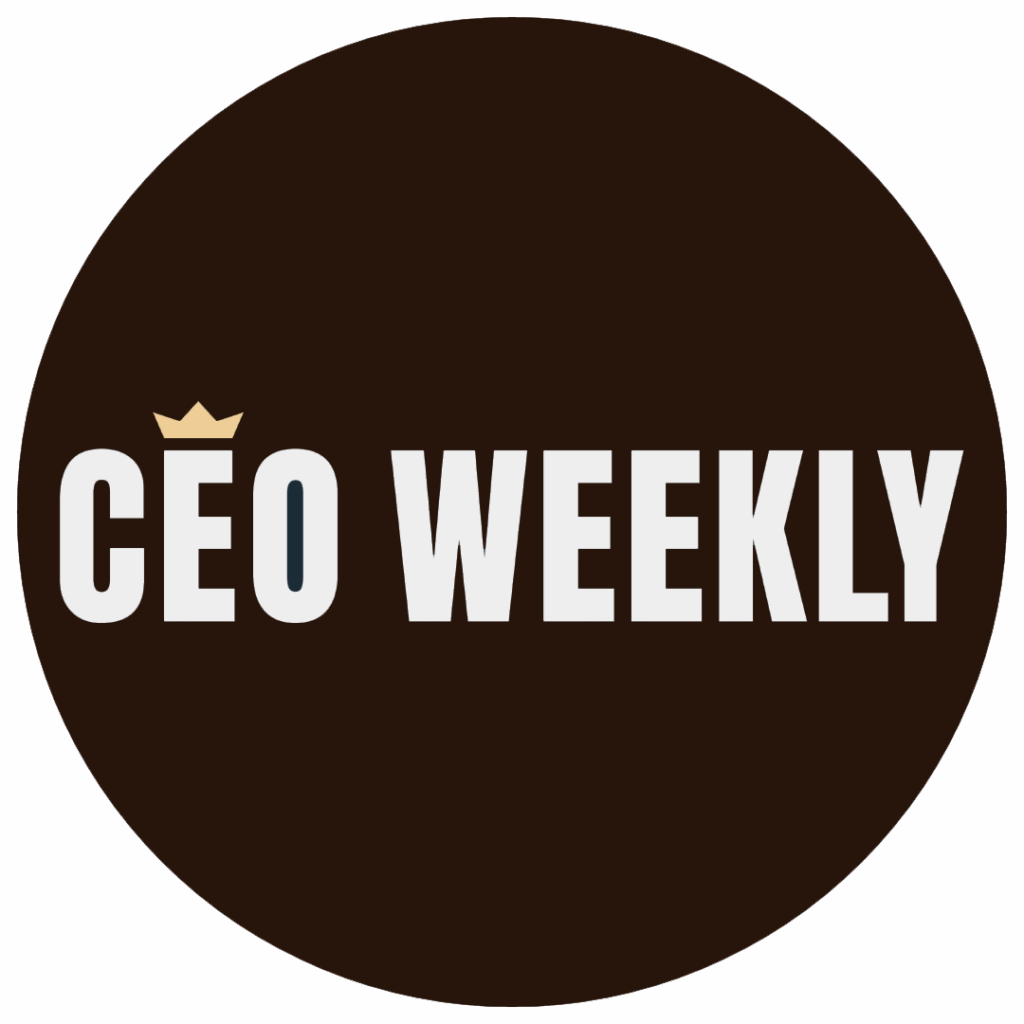Image Commercially Licensed From: Unsplash
When it comes to the world of business, image is everything. Public relations (PR) stands tall as the sentinel of that image – shaping perceptions, safeguarding reputations, and weaving vital relationships with stakeholders.
Yet, like shadows cast by a rising sun, misconceptions often obscure the real essence and potential of public relations, leaving entrepreneurs with untapped reservoirs of power at their disposal.
In the midst of swirling misinformation, who better to guide us through the maze than esteemed Public Relations expert Vivienne Benitz from Two Comma PR?
With her experience, she shines a spotlight on five of the most persistent myths surrounding public relations, illuminating the path to clarity and insight.
Myth #1: PR and Marketing are the same
PR and marketing are often intertwined but play individual roles in shaping a brand’s narrative. While they share a common goal of boosting a brand’s visibility, their approaches and objectives diverge.
Marketing revolves around the strategic promotion of products and services, leveraging paid avenues to capture consumer attention.
On the other hand, PR delves into relationship building, reputation management, and securing earned media coverage. This strategic dance between PR and marketing takes on an even more crucial role when considering the establishment of brand authority and trust in the eyes of customers, according to Vivienne,
This, in turn, becomes a pivotal asset in closing more deals and solidifying customer relationships, as individuals are more inclined to engage with brands they perceive as credible and reliable.
Myth #2: Public Relations is only for established companies
PR is not the exclusive realm of industry titans. Contrary to popular belief, businesses of all sizes stand to gain substantial benefits from the implementation of PR strategies.
Whether a startup or a small enterprise, the impact of PR extends far beyond corporate giants. “PR is like a microphone for every voice, no matter how big or small,” points out Vivienne.
PR is a tool of empowerment that opens doors to enhanced visibility, credibility, and brand reputation for businesses of every scale. In fact, it will even help you scale faster, close more deals, and support you to get more investment.
Myth #3: Public relations guarantees immediate results
Instant results? Not so fast. PR isn’t a quick fix – it’s more like tending to a garden. In a world that often craves instant gratification, the notion that public relations guarantees immediate results can be a tempting fallacy to embrace.
As Vivienne Benitz advises, “PR is like planting seeds and watching them grow.” It takes time to nurture trust and show your true colors. So, if you’re expecting overnight fame, think again. PR is a marathon, not a sprint.
Expecting overnight fame from PR endeavors would be equivalent to expecting a garden to transform into a lush paradise overnight. Instead, PR is a marathon, requiring dedicated efforts over time. Each interaction, each piece of coverage, and each connection contributes to the gradual but enduring growth of your brand’s reputation and credibility.
Myth #4: Public relations can’t be measured
Some people might think that measuring the ROI of PR is too tricky, but that’s not true.
Imagine this – when potential employees see that your brand is trusted and respected, they’d want to work with you. This means you can attract more qualified and talented individuals to join your team, which is a big win for your HR department.But that’s not all. PR also has a way of helping us close more deals. When we face objections from customers or clients, having press articles and positive media coverage to back us up can make a real difference. It’s like having a strong shield to protect us.
And speaking of protection, PR helps us establish trust with potential customers. When they see that others are talking about us in a positive light, it makes them feel more confident in choosing us. They know you’re not just saying good things about yourself – others are saying i, too.
Myth #5: Public relations can fix all problems
PR is powerful, but it’s not a magical cure-all. Got a faulty product? PR won’t sweep that under the rug. “PR shines a light on the good stuff, but it’s not a magic wand,” reminds Vivienne Benitz. PR can highlight your strengths, but it won’t make deep-rooted problems disappear. It’s a tool, not a silver bullet.
If there’s one thing that hasn’t changed in marketing and PR, it’s that good relationships still matter. In particular, relationships with reporters and journalists can help increase your reach, raise your authority and ultimately elevate your business. Additional benefits include:
- Boosting credibility: Winning media coverage for your brand can give you the third-party endorsement needed to establish credibility. This can build confidence and convert prospects who may be undecided.
- Generating traffic: Press coverage usually generates more branded searches online. People will want to learn more about your business after reading about you. This often leads to an increase in followers on social media and a boost in SEO rankings.
- Crisis control: A solid, reciprocal relationship with a journalist or PR agency can benefit your business during a crisis. You can get ahead of an issue by sending a statement to the media as soon as possible. This should give you some control over the message before the crisis destroys your brand image.
So, there you have it – a sneak peek into the world of PR myths. It’s not just media, it’s for everyone, it’s a slow burn, it’s not advertising, and it’s not a miracle worker. PR is about storytelling, creating connections, and letting the world see your true colors.
Remember, success in PR takes patience and a keen understanding of what makes your audience tick.









